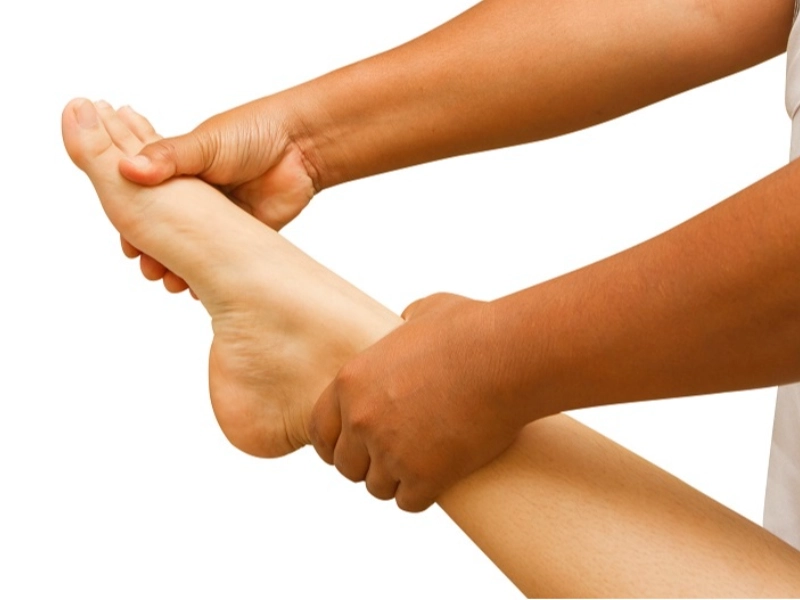2. Understanding the Foot Map and Its Connections

The idea of the foot map—where every portion of the foot relates to another area of the body—forms the basis of foot reflexology. Whereas the left foot reflects the left side of the body, the right foot usually correlates to the right side. The head and neck area is represented by the toes; the ball of the foot links to the chest and heart; the arch relates to internal organs; the heels match the lower back and intestines. Working on related reflex sites, this sophisticated mapping approach lets practitioners target certain health issues. For practitioners as well as those interested in self-administered reflexology procedures, knowledge of this link between foot zones and body systems is absolutely vital. The digestive system, respiratory system, reproductive system, lymphatic system—among other organ systems—are represented in particular zones on the foot map. Every point on the foot has several layers of significance and relates to different body processes. For instance, the big toe not only relates to the brain but also affects pituitary gland operation and general hormonal balance. Foot reflexology is a complete method for treating many health issues because of this intricate network of links.
